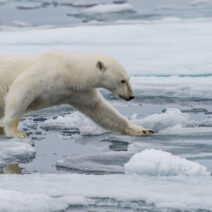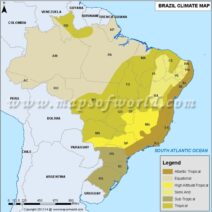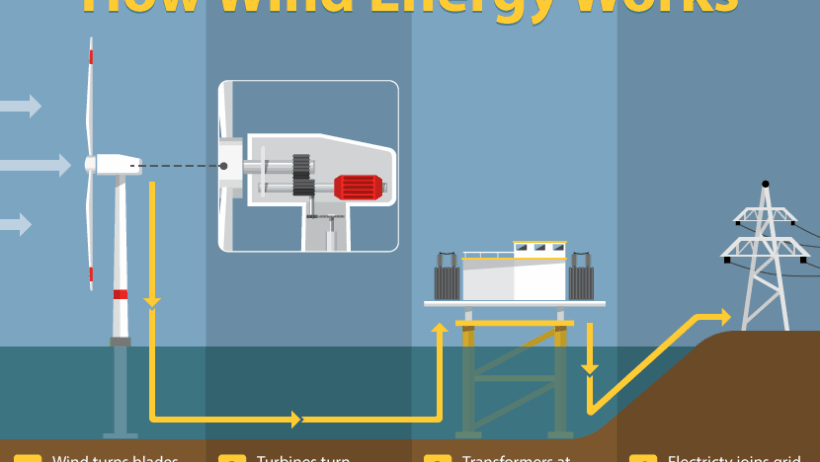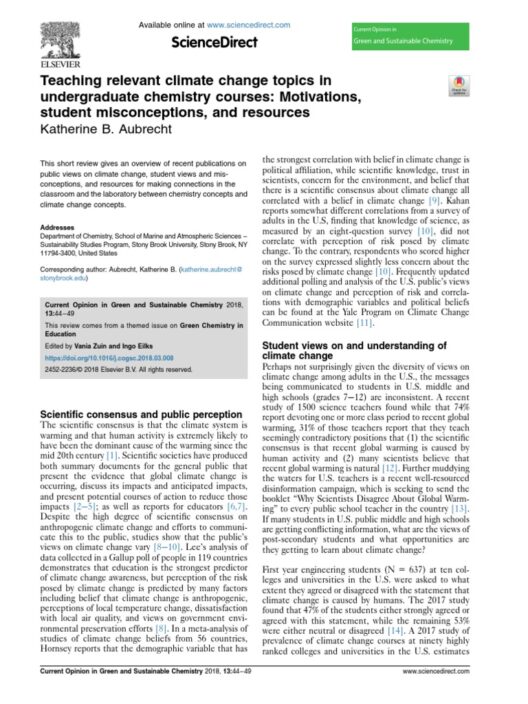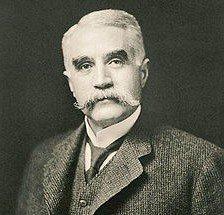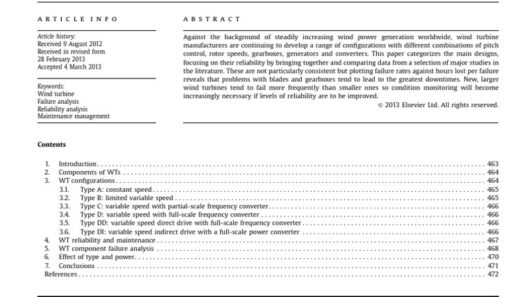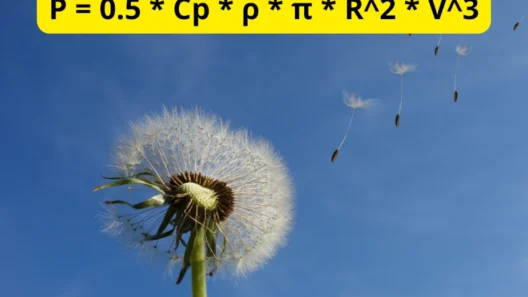Wind energy has emerged as a formidable player in the fight against climate change, representing a sustainable and renewable resource that harnesses the invisible force of wind. Central to this energy revolution are wind turbines. These towering structures capture the kinetic energy of wind and transform it into electrical energy, providing clean power to homes, businesses, and entire communities. Understanding how wind turbines operate allows us to appreciate their role in generating renewable energy and their significance in the broader context of environmental sustainability.
What exactly are wind turbines, and how do they work? Wind turbines are devices designed to convert the wind’s kinetic energy into mechanical energy, which is subsequently transformed into electrical energy. At their core, wind turbines consist of a rotor with blades, a drivetrain, and a generator—all of which work in harmony to facilitate energy conversion.
When winds blow, they exert pressure on the blades of the turbine, causing them to spin. This rotational motion is captured by the drivetrain, which comprises gears that increase the rotation speed of the blades. Typically, the drivetrain connects to an electrical generator, enabling the conversion of mechanical energy into electrical energy. This process not only produces electricity but also categorizes wind energy as an effective alternative to fossil fuels, reducing the overall carbon footprint associated with energy generation.
Yet, the path from kinetic energy to electrical energy is not simply a mechanical process. Several significant components and operational principles underpin the functionality of wind turbines, facilitating a seamless energy conversion process.
The Anatomy of Wind Turbines: Understanding Key Components
To truly grasp the technology behind wind turbines, it’s vital to dissect their fundamental components:
Rotor Blades: These are the most visible parts of a wind turbine, typically resembling large airplane wings. Designed to efficiently capture wind energy, the rotor blades can either be horizontal or vertical in orientation. Most modern turbines employ a horizontal-axis design, wherein two to three blades are mounted atop a tall tower.
Gearbox: The mechanical motion captured by the rotor is relatively slow, requiring a gearbox to increase the rotational speed before it can energize the generator. This component translates the low-speed rotation of the rotor into higher-speed rotation. In some turbine designs, direct-drive generators eliminate the need for a gearbox, simplifying the system.
Generator: Once the rotational motion reaches an adequate speed, it’s transmitted to the generator, which uses electromagnetism to convert mechanical energy into electrical energy. The generator essentially acts as the heart of the turbine, producing electric currents that can be fed into a power grid.
Tower: The majority of wind turbines boast towers that reach heights of 80 meters or more. These towering structures serve to elevate the rotor blades above ground level, ensuring they capture the most potent winds. The height of the tower is vital for optimizing efficiency, as wind speeds tend to increase with elevation.
Control System: This system oversees the turbine’s operation, monitoring wind direction, speed, and electrical output. Utilizing sensors, the control system can adjust the angle of the rotor blades (a process known as pitch control) to optimize energy capture while preventing damage in extreme wind conditions.
The Environmental and Economic Benefits of Wind Power
The advantages of wind energy extend beyond mere electricity generation; they embody a sustainable solution to numerous environmental and economic challenges. By utilizing wind power, society can significantly reduce reliance on fossil fuels, thus minimizing greenhouse gas emissions that contribute to global warming.
Moreover, wind energy can lead to job creation and economic development. The wind power sector offers numerous employment opportunities, ranging from manufacturing and maintenance to research and development. As advancements in turbine technology continue to roll out, the potential for job growth will only amplify, benefiting economies worldwide.
Wind energy also promotes energy security. By investing in wind power infrastructure, countries can reduce their dependence on foreign oil and gas, relying instead on abundant domestic wind resources. This transition toward renewable energy fosters resilience in energy markets, ensuring a more stable and secure energy future.
Challenges and Innovations in Wind Energy Technology
Despite the myriad benefits that wind turbines present, several challenges necessitate attention. These challenges include variable energy production due to changing wind patterns and potential impacts on local wildlife and landscapes. Turbine efficiency can be affected by weather variations, and energy storage solutions must be developed to ensure a steady electricity supply during periods of low wind.
Recent innovations focus on overcoming these challenges. For instance, integrating energy storage systems, such as batteries, can help balance supply and demand. Additionally, improved turbine designs are being developed to enable better performance in lower wind conditions, ensuring optimal energy production even when winds are not at their peak.
Toward a Sustainable Future with Wind Turbines
Wind turbines play an indispensable role in the ongoing transition to renewable energy sources. By converting wind into a reliable and sustainable power source, these remarkable structures demonstrate the viability of green energy solutions in combating climate change and promoting a healthier environment. As technology continues to evolve and innovations take shape, the prospects for wind energy remain luminous, charting a course for a sustainable energy future that benefits generations to come.
Critical awareness and support for wind energy initiatives not only hold the promise of cleaner air and reduced carbon emissions but also align humanity’s aspirations with the imperative of living in harmony with our planet. By embracing this potent force of nature, we pave the way for a brighter tomorrow.
